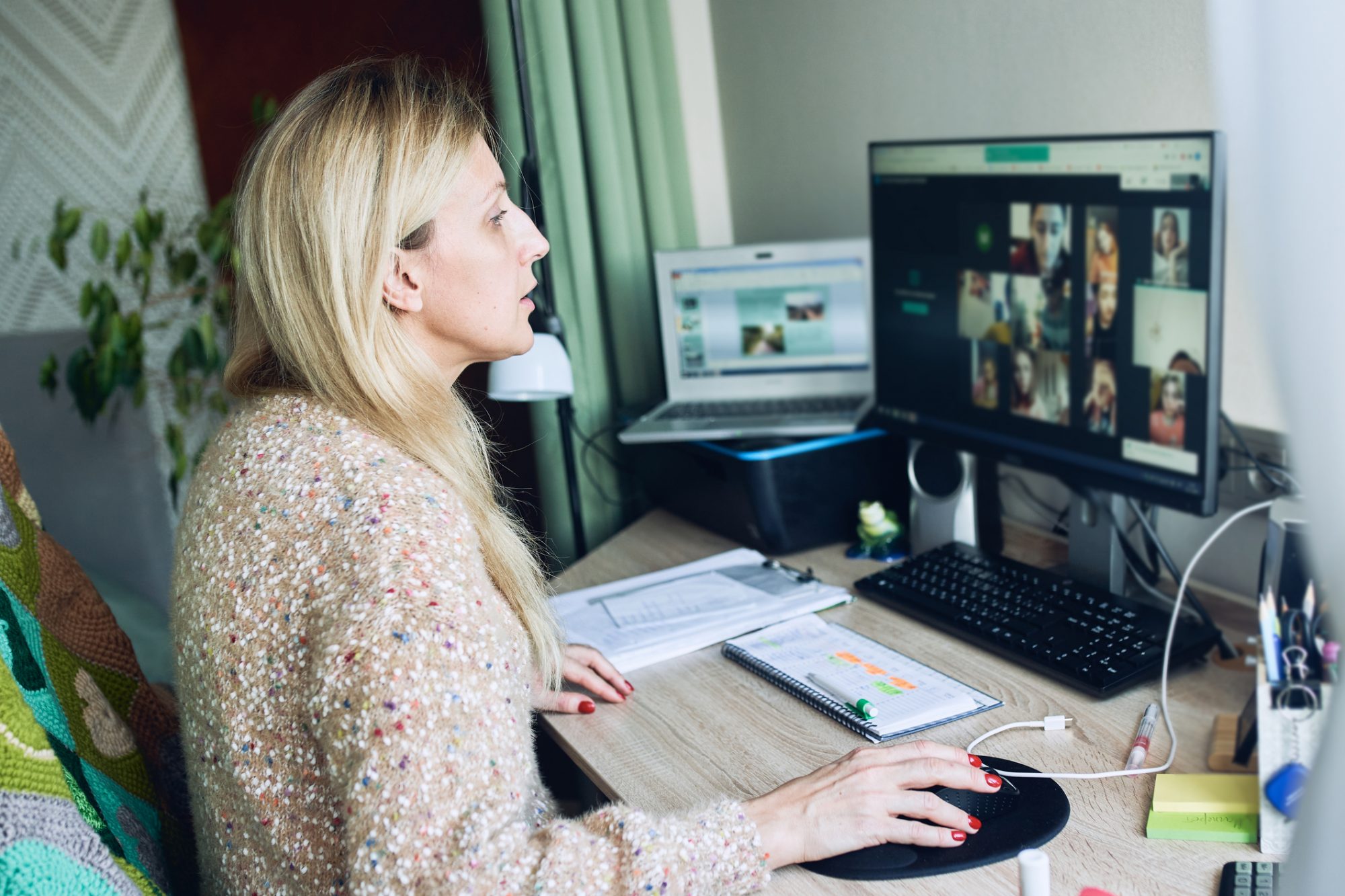The hybrid classroom has become the new normal in post-pandemic education, but is this ‘blended learning’ accessible and can it be improved?
In 2020, educators had no choice but to move lectures online abruptly, leaving many students disgruntled, and academics have been thrown into a technology conundrum to deliver their courses. In two short years, the term ‘blended learning’ has become the new normal providing an alternative education platform in the hybrid classroom, but just how effective is it and does it need more thought?
According to the National Education Policy 2020, published by India’s government, blended learning should be experiential and activity based. They expanded on this by saying, “it is not a mere mix of online and face-to-face modes but refers to a well-planned combination of meaningful activities in both, underpinned by the use of intentional technology.”
Blended learning allows academics to rethink traditional teaching practices and consider how to make the learning experience more accessible for all students. But as the policy notes, digital approaches must be mixed with experiential and activity-based learning to successfully augment and enhance pre-pandemic practices. Let’s consider the potential advantages and key attributes for blended learning to be effective.
The benefits of blended learning
A blended learning model provides ultimate flexibility in many aspects. It can be applied to any program that holds on to traditional pedagogical values and incorporates digital media offering:
• Increased flexibility – technology affords more channels for educators to use in meeting student needs. Students can take control of their own learning enabling them to fit their education around busy lifestyles whilst removing the traditional barriers of time and location to learn.
• Enhanced interaction – blended learning provides a fantastic opportunity for collaboration at a distance, where individual students from all over the world can work together virtually in intellectual endeavours.
• Diversity in content – a broad and rich range of course content delivered in a hybrid classroom environment can improve engagement and add to the authenticity of the learning experience to help students achieve their long-term goals.

What are the key qualities of a well-delivered blended learning program?
Successful blended learning makes the most effective use of face-to-face time between students and academics by using it for high-touch activities when students are on campus combined with technology. Successful models in higher education stand out for the following reasons:
1. They use technology intentionally. Technology that is familiar and well-integrated into daily life can be used to generate highly innovative practices for teaching and learning. Above all, effective blended programs are focused on the learning experience and outcomes.
2. They focus on driving student engagement. Students are surrounded by technology in their everyday lives and will engage more readily with material when technology is incorporated into instructional settings. Enriching blended learning content with appropriate images, audio and video can add variety and impact. There are also benefits for disabled students, who before the pandemic might have experienced challenges with attending in-person lectures or engaging with course content.
3. They provide appropriate training for educators. It cannot be assumed that a good teacher in a traditional classroom will automatically be a good teacher in an online classroom. Aside from changes required in pedagogy, online assessments also require a different approach. There are numerous challenges to conducting online examinations at scale, including limitations on the types of questions that can be asked in an online environment, handling network and power disruptions, and preventing unethical practices. However, numerous bite-sized training resources can be found online to meet “just in time” needs.
Professional training programs like Anthology’s certified Digital Teaching and Learning Series also exist to create more professional development pathways for education practitioners and to promote excellence, quality, and consistency in the student experience.
Best practices applied in the hybrid classroom
Northampton University’s blended learning pedagogical approach combines sense-making activities with focused student interactions (with content, peers, and tutors) in appropriate learning settings – in and outside the classroom. Students discuss ideas, experiment, work in teams and receive tutor feedback. Community, cooperation, flexibility, and accessibility are highly valued on campus or remotely, as Rob Howe (Head of Learning Technology, The University of Northampton), explains:
“As part of the University of Northampton’s drive for continuous academic improvement, Active Blended Learning (ABL) was being discussed prior to 2014. This influenced the design of the new Waterside Campus which opened in 2018. Northampton has continued to evolve the discussion around ABL and many of the concepts are being picked up in the new Centre for Active Digital Education (CADE) which has a forward-facing approach to new pedagogies which are operating both on and offsite. Anthology’s product suite is helping Northampton deliver successful learning and teaching. Our symbiotic relationship with them ensures that we continue to feed product improvements to benefit not just ourselves but the wider sector.”
Whilst digital approaches can successfully augment, enhance, and even replace some traditional approaches unless online education is blended with experiential and activity-based learning, it will tend to become a screen-based education with limited focus on the social, affective, and psychomotor dimensions. But when implemented and utilised the right way, blended learning becomes a transformational opportunity for both staff and students.
This piece is by Louise Thorpe.
Louise has +25 years of experience in higher education. Previously the Head of Academic Innovation at Sheffield Hallam University and Head of Learning and Teaching Strategy and Enhancement at the University of Sheffield. Louise is Vice President and Head of Client Experience, EMEA at Anthology.











